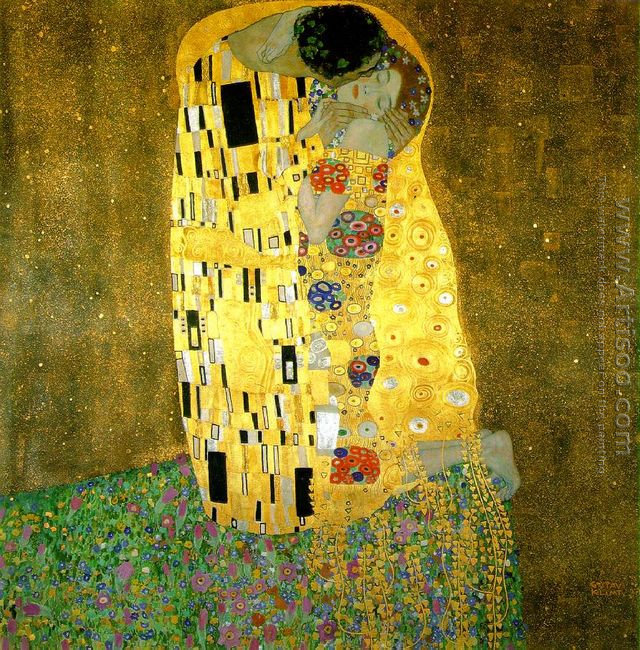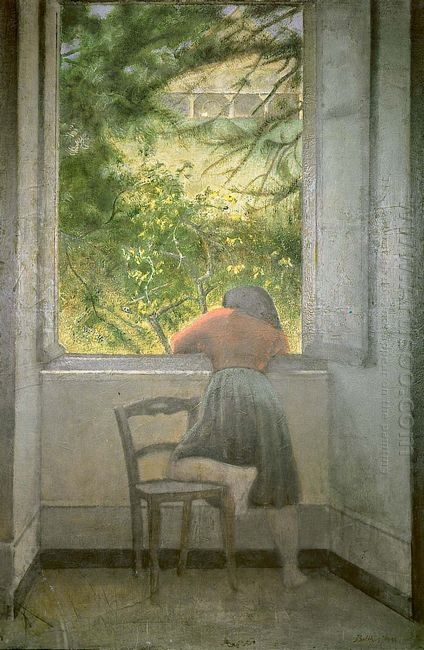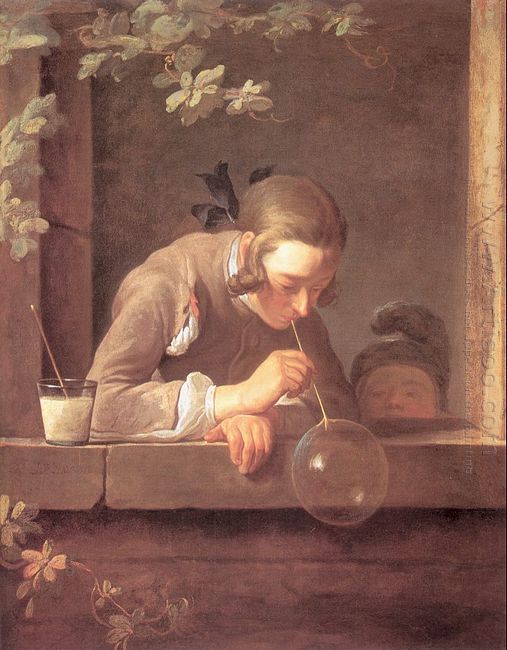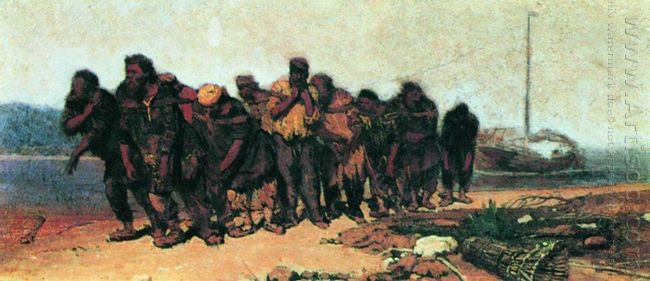Even if the object was the King, he would never be lenient. Let alone ingratiate with them, all the good and ugly things had nowhere to hide. Francisco de Goya (from 1746 to 1828) swayed a ruthless realistic brush.
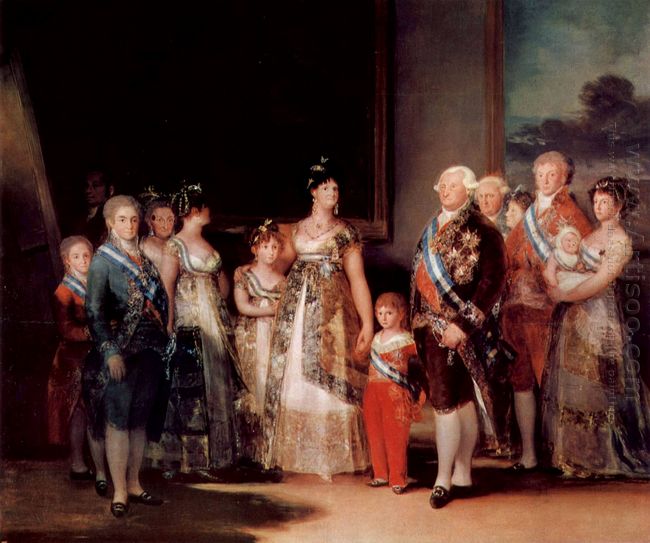
He painted many portraits for various famous people, depicted their characters penetrating. The King of Spain Charles IV still granted him the title of “The foremost painter in Spain”.
Once, Goya was summoned to the palace for painting portraits for the King.
Charles IV praised him and said that “You’re the greatest painter in Spain, only you qualify to paint for the royal family. Today, I request you to draw a family portrait for me, if you paint well, I will reward you”.
Goya agreed to take over this work. Charles IV was pretty satisfied with the painting when Goya gave it to him. Suddenly he found that there was something wrong with the painting and said seriously: Why there are only 6 hands with 14 people, where are the hands of these people?
“I do not know either.” Goya replied.
Charles IV pointed to the picture angrily and said:” I command you to fill up all these disappeared hands.”
Goya shook his head which meant that refusing to do it, Charles IV was so angry that he evicted him from the palace.
Someone heard about the anecdote later and came to ask him why he did not paint the hands. His answer was excellent, he said that:” Those so-called princes are parasites only good at opening their mouths and eating, they have no hands. That’s a fact.”
One day, a doctor who was admiring Goya commissioned him to depict a portrait for him. When Goya finished, he said gladly:” I hear that you are very principled and do not easily draw the hands for people. But you draw both my hands on this painting, I’m greatly honored. Thus I will pay huge sum of money to thank you”.
“Is that true?” Goya uttered a sneer and said:” Do you know why I paint both of your hands on the picture? Do not be happy too early. I just want to let everyone to see the hands of “murderer”. So, do you still want to thank me?”
At this time, the doctor’s face turned green. It turned out that the doctor seemed like an elegant gentleman. But in fact, he was a ruthless murderer. He once murdered his friends in order to take away the beautiful and charming wife of his friend.
The hands on the picture glowed evil red blood faintly.
It appears that, painting the hands or not means harsh criticism. The most valuable thing was that, as a court painter, Goya was able to attack the decadent rulers and ugly, dark sides of the society ruthlessly and cleverly. This made his portraits take off the hypocritical cloak and become a mirror reflecting “realities.”
